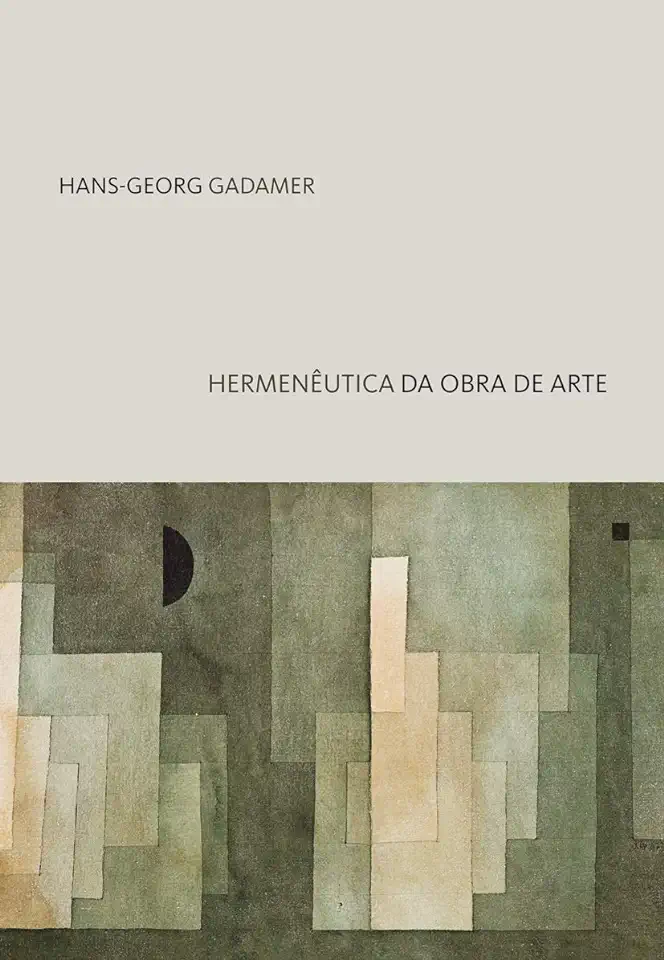
The Hermeneutics of the Artwork - Hans Georg Gadamer
The Hermeneutics of the Artwork: A Philosophical Exploration of Art and Interpretation
In his seminal work, "The Hermeneutics of the Artwork," Hans-Georg Gadamer delves into the profound relationship between art and interpretation, offering a philosophical framework that challenges traditional notions of understanding and meaning-making. Gadamer argues that art is not merely an object to be passively observed, but rather an active participant in a dynamic dialogue between the artwork, the artist, and the viewer. Through a comprehensive analysis of various art forms, including painting, literature, and music, Gadamer unveils the intricate interplay between the artist's intention, the viewer's experience, and the historical context in which the artwork is created and interpreted.
The Fusion of Horizons: Bridging the Gap between Artist and Viewer
Central to Gadamer's hermeneutics of art is the concept of the "fusion of horizons." He posits that when encountering an artwork, the viewer brings their own unique perspective, shaped by their personal experiences, cultural background, and historical context. This perspective merges with the artist's horizon, which encompasses the intentions, influences, and circumstances that shaped the creation of the artwork. Through this fusion of horizons, a deeper understanding and appreciation of the artwork emerge, transcending the limitations of individual viewpoints.
The Role of Tradition and History in Artistic Interpretation
Gadamer emphasizes the significance of tradition and history in shaping both the creation and interpretation of art. He argues that artworks are not isolated entities but are deeply rooted in the cultural and historical context from which they arise. To fully comprehend an artwork, it is essential to understand the traditions, conventions, and artistic movements that influenced its creation. By exploring the historical context, viewers gain a richer understanding of the artwork's symbolism, themes, and underlying meanings.
The Openness of the Artwork: Embracing Multiple Interpretations
Gadamer challenges the notion of a single, definitive interpretation of an artwork. He asserts that artworks are inherently open-ended, inviting multiple interpretations and perspectives. This openness stems from the complex interplay of the artist's intention, the viewer's experience, and the ever-evolving historical context. Gadamer encourages readers to embrace this interpretive freedom, recognizing that each encounter with an artwork can yield new insights and understandings.
The Significance of Play and Imagination in Artistic Experience
Gadamer highlights the role of play and imagination in the experience of art. He argues that art is not merely a representation of reality but a creative act that transcends the boundaries of the everyday world. Through play and imagination, artists and viewers alike engage in a transformative process, exploring new possibilities and perspectives. Gadamer invites readers to embrace this playful engagement with art, allowing their imaginations to soar and discover the boundless potential of artistic expression.
Conclusion: The Hermeneutics of Art as a Path to Deeper Understanding
"The Hermeneutics of the Artwork" is a profound exploration of the philosophical underpinnings of art and interpretation. Gadamer's insights into the fusion of horizons, the role of tradition and history, the openness of the artwork, and the significance of play and imagination provide a rich framework for understanding and appreciating art in all its forms. This book is an essential read for art historians, philosophers, artists, and anyone seeking a deeper engagement with the world of art and its transformative power.